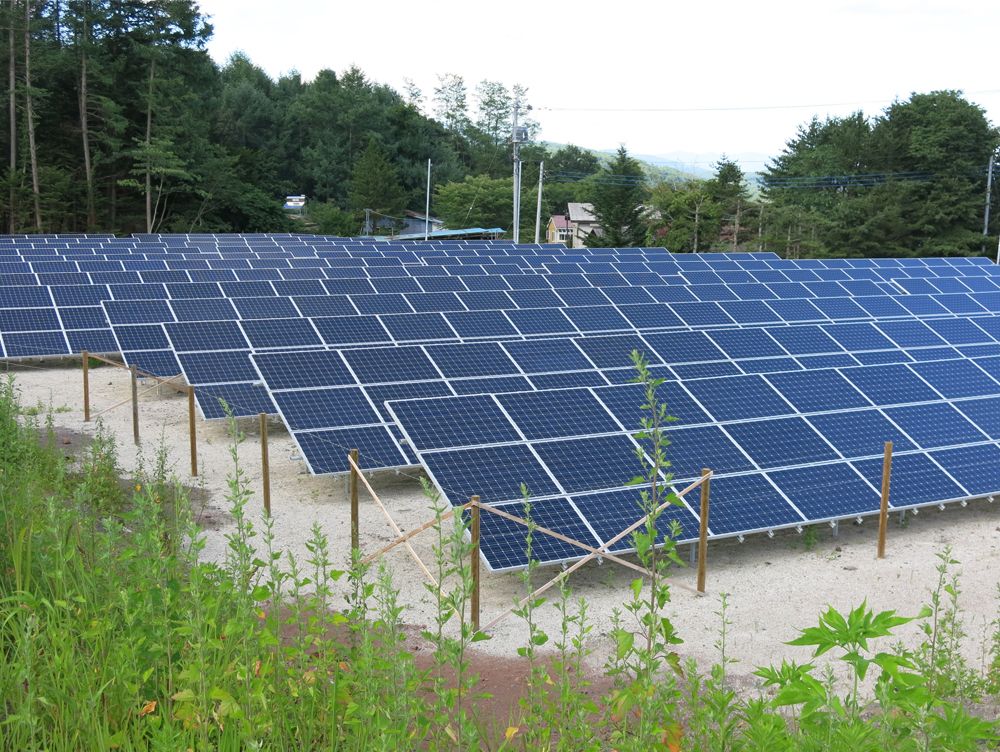On March 30, 2022, the Resource Comprehensive System, which is investigating the introduction of photovoltaic power generation (PV) systems in Japan, reported the actual and expected value of photovoltaic system introduction by 2020. In 2030, it published the “Prediction of the introduction of photovoltaic power generation in the Japanese market in 2030 ( 2022 edition)”.

According to its estimates, the cumulative introduction of photovoltaic systems in Japan by 2020 is about 72GW, based on direct current output (DC). In the “current growth case” to maintain the current rate of DC introductions of around 8 GW per year, the forecast is 154 GW, with an alternating current (AC) output (AC) of 121 GW in FY2030Note 1). On the other hand, the “Introduction Acceleration Case”, which is expected to significantly improve and advance the import environment, has a DC base of 180GW (AC base of 140GW).
By the way, in the “Sixth Basic Energy Plan” formulated by the Ministry of Economy, Trade and Industry on October 22, 2021, the amount of solar power introduced in Japan in 2030 is “117.6GW (AC at a ambitious level). Base )”. The Ministry of Economy, Trade and Industry’s “ambitious” level is almost in line with the current pace of introductions.
However, these DC-based PV system output values are rated when certain conditions such as temperature and sun angle are met. In fact, 7 times (×0.7) is the peak of net power generation. That is, by 2030, it is expected to be able to generate about 85 GW under the current growth scenario around noon in sunny weather during the day, and about 98 GW under the accelerated introduction (both AC-based ).
On the other hand, Japan’s recent peak annual power demand is around 160GW (on an alternating current basis). Before the Great East Japan Earthquake in March 2011, it was about 180GW (same as above), but with the advancement of the social energy-saving process, the economic growth rate has slowed down, and the economic structure transformation has advanced, and the power generation has declined. If the electricity demand in 2030 is almost the same as it is now, it can be calculated that 98GW / 160GW = 61% or more of Japan’s overall electricity demand can be met by solar power during the day and sunny weather.
Post time: Apr-15-2022
